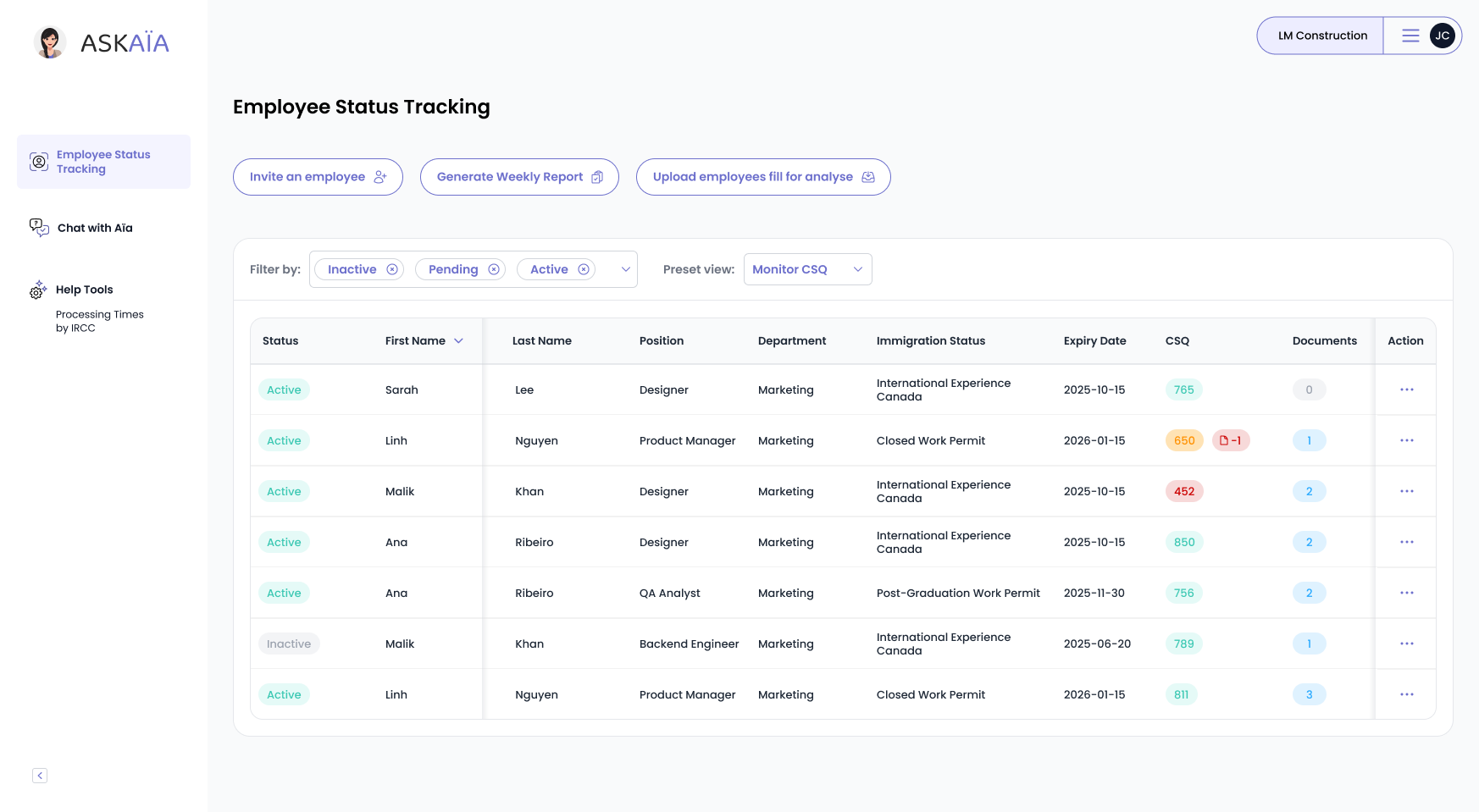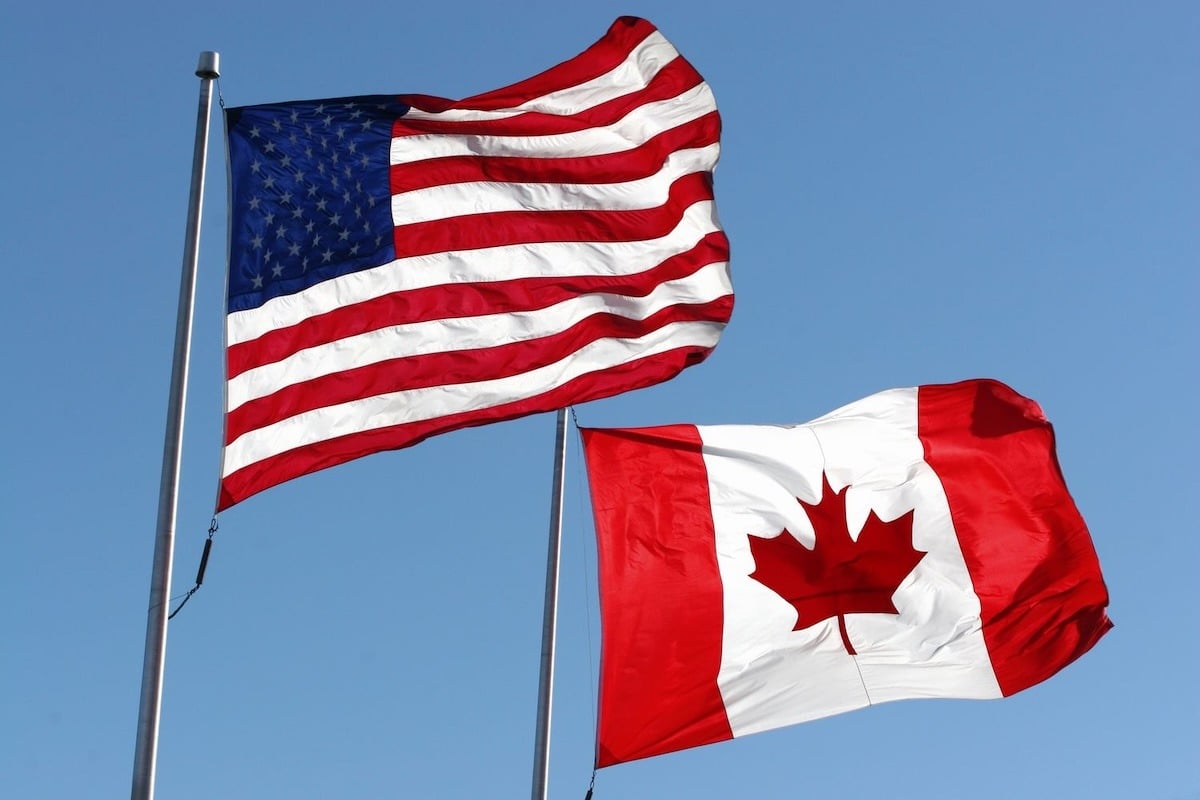Canada’s growth is driven by its 8.3 million immigrants—now 23% of the population. In this edition, we explore their impact, Saskatchewan’s new immigration strategy for essential jobs, and the inspiring journey of Wattpad’s co-founder, Allen Lau.
Top Story: Immigrants Drive Canada’s Growth with 8.3M Strong Force
What’s powering Canada’s economy, diversity, and future? Immigrants! With over 8.3 million newcomers in the country, their impact is massive. In this post, we break down the key numbers and what they mean for your immigration journey.
Key Takeaways
-
8.3M immigrants: 23% of Canada’s population is foreign-born.
-
Skilled contributions: Immigrants boost key sectors like tech and health.
-
Next generation: 17.6% of Canadians are second-generation immigrants.
Immigrants Are Reshaping Canada
Immigration is no longer just a policy — it's a pillar of Canada’s future.
According to the 2021 Census, immigrants make up 23% of the population — the highest proportion in over 150 years. That’s more than 8.3 million people driving progress in every province, from booming cities to remote regions.
This shift isn’t just demographic. It’s strategic. Immigrants are filling labour gaps, starting businesses, and supporting innovation. From tech startups in Toronto to healthcare in Nova Scotia, their contribution is helping Canada stay competitive in a global economy.
Understanding this data helps newcomers see where they fit — and where they’re needed most.
A Look Ahead: More Diversity, More Opportunity
Between 2016 and 2021, Canada welcomed over 1.3 million new immigrants. These recent arrivals are younger, more educated, and increasingly diverse — with rising numbers from Asia, Africa, and Latin America.
By 2041, projections show that immigrants and their children could make up nearly half the population. But growth isn’t equal across the map. Some provinces, like Alberta and Ontario, are growing fast, while others are seeking more newcomers to counter aging populations.
If you’re planning your move, this matters. See how policies like the Express Entry system and regional immigration streams are shaping opportunities.
What It Means for Immigration
Canada’s immigration story is written in numbers — and you’re part of the next chapter. Whether you’re applying for a visa or planning for PR, understanding where you fit gives you an edge. Explore your best pathway with AskAïa today.
Saskatchewan’s Focus: Prioritizing Essential Sectors
Saskatchewan is reopening its immigration nominee program with tighter rules. The province now targets critical sectors like health, agriculture, and skilled trades, while capping or closing others. These changes reflect new federal limits and a push to fill essential job gaps locally.
Key Takeaways:
- Only applicants in health, agriculture, or trades are now eligible.
- Hospitality, retail, and transport sectors face a 25% application cap.
- 75% of selected immigrants must already live in Canada temporarily.
Success Snapshot: Wattpad’s Co-Founder Revolutionized Global Storytelling
Allen Lau, who immigrated to Canada at 19 from Hong Kong, co-founded Wattpad—now a global platform with over 90 million users. Under his leadership, Wattpad gave voice to diverse writers worldwide and was acquired for $754M. His journey shows how immigrant innovation can shape global culture.

Let’s get your demo started
Book a demo
You May Also Like
These Related Stories

Canada’s Leaders Back Stronger Francophone Immigration in 2025
Can Canada meet its growing demand for French-speaking newcomers? This article breaks down party leaders’ pledges to boost Francophone immigration. Al …

Canada Ends Immigration Measures for Iranians: Key Changes in 2025
Canada’s special immigration measures for Iranians ended on March 1, 2025, affecting work and study permits. In this edition of "Canada in 5 min", exp …

Canada in 5: Trump’s 2024 Win Drives Americans to Seek Canada’s Safety
As Trump returns to office, many Americans and immigrants eye Canada as a secure alternative, driven by its stability and inclusivity. Discover Saskat …
